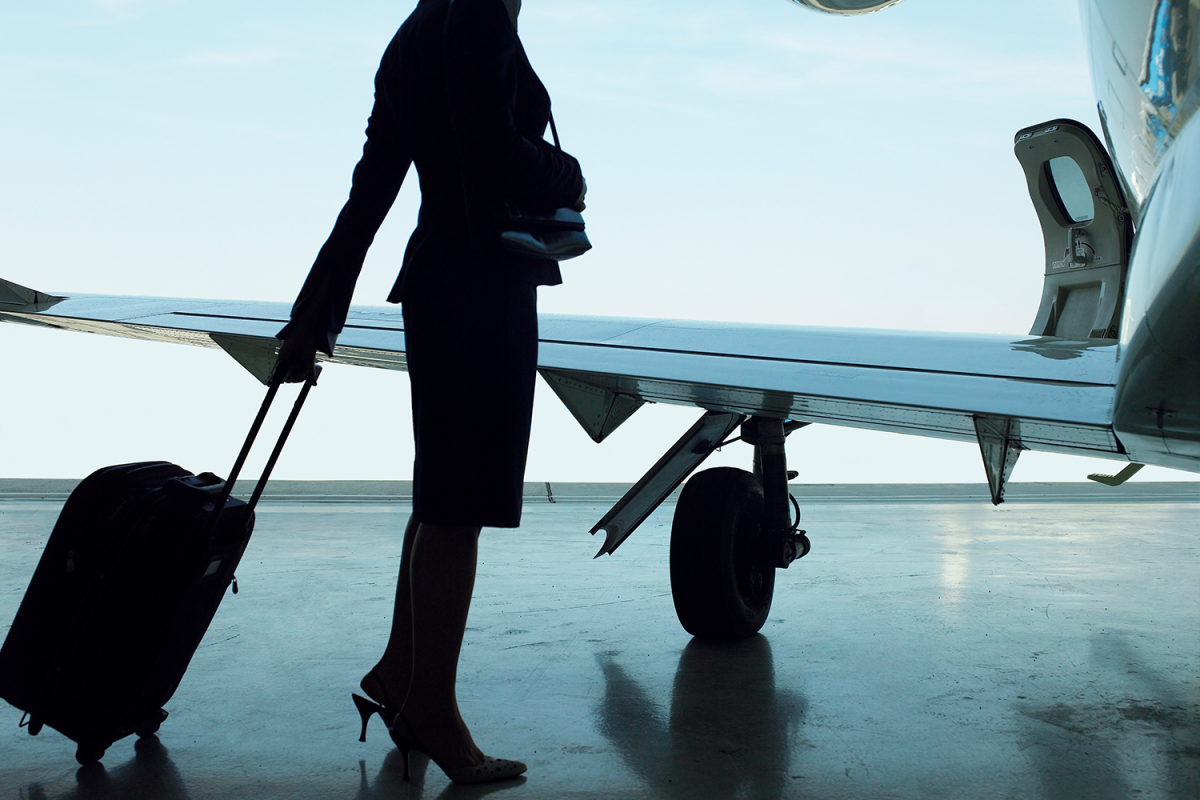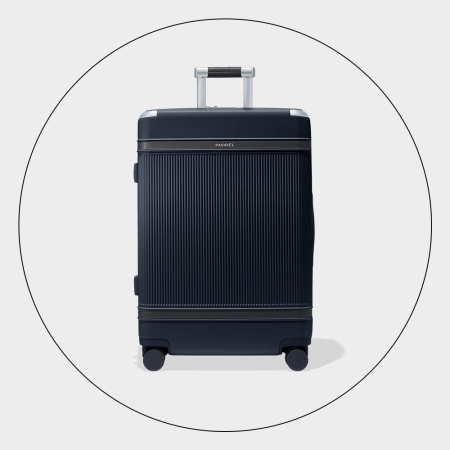While being a flight attendant can sound fun on the surface — traveling the world, meeting new people — it’s not uncommon for them to start out making somewhere between $25,000 to $30,000 a year. That’s a sharp contrast from the lofty annual payouts top airline executives are known to receive. (Skift reported that, in 2018, Delta Air Lines CEO Ed Bastian received roughly $13.2 million in compensation, mostly in stock, which was 142 times greater than the median pay for Delta workers overall at the time.) Per a new report from The Boston Globe, only veteran flight attendants with a decade of service under their belts are generally earning anything more than $50,000.
This culture of low pay has resulted in a certain level of ingenuity among newcomers in recent years, with the cost of living in certain cities — New York and Boston chief among them — surpassing that of their income. According to The Globe‘s reporting, many new hires are utilizing “crash pads,” deemed a sort of “rite of passage.”
In effect, the crash pad apartments service a handful of flight attendants at any given time (some reportedly have as many as 12 beds), and rent is often in the vicinity of just $250-$350 a month. They provide a long-term and palatable alternative to an apartment in a city where the cost of rent might range anywhere from $2,000-$3,000, when airline-funded hotel rooms aren’t an option.
According Sara Nelson, the international president of the Association of Flight Attendants-CWA, crash pads came into play shortly after 9/11 when there were both pay and staff cuts, and consolidated airlines turned their attention to high-priced cities.
But the fact is, that was 20 years ago now and crash pads shouldn’t be an implicit part of the job in 2022. One former American Airlines flight attendant, Deanna Jones, reportedly lived in one for two years with a dozen other flight attendants. She told The Globe that she often had to tack up blankets around her bed for privacy.
“People think it’s just a great lifestyle. No, we’re all poor,” Jones said. And it is a striking juxtaposition to be sure — one day they might be laid over in Dubai or Cancún, the next they’re back in New York, crammed into a tiny space, sleeping in bunk beds for nights on end and surrounded by a smattering of their colleagues. But it isn’t a sustainable lifestyle, “rite of passage” or not, which likely has a role to play in the high turnover rates in flight attendants.
“Crash pads are a symptom of a much bigger problem in our country,” Nelson said. “We need decent pay for decent work and the ability to live closer to where we work.”
As evidenced by the sheer number of cancellations and delays due to staffing shortages this past year, it should be abundantly obvious by now that flight crews are essential to operate. And now, with flight attendants having to take additional measures (up to and including self-defense classes) to protect themselves against seemingly routine unruly passengers and the ever-present threat of COVID, are they not deserving of livable wages now more than ever?
Thanks for reading InsideHook. Sign up for our daily newsletter and be in the know.


















